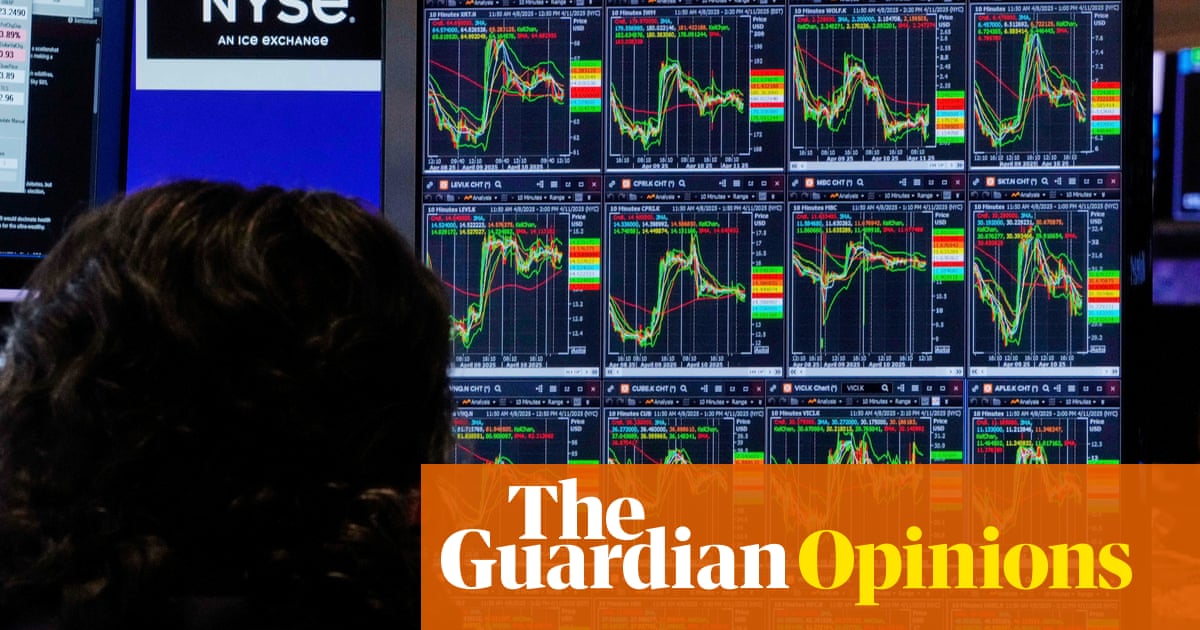Trump Tariffs Impacting Your Stocks? A Deep Dive into the Economic Fallout
The ripple effects of the Trump-era tariffs continue to be felt in the global economy, and understanding their impact on your investment portfolio is crucial. While the tariffs themselves are a complex issue, their influence on stock markets is a tangible reality that every investor needs to consider. This article will explore how these tariffs affected – and continue to affect – various sectors and what you can do to navigate this economic landscape.
Understanding the Trump Tariffs
Former President Donald Trump implemented a series of tariffs, primarily targeting goods from China, under the guise of protecting American industries and addressing trade imbalances. These tariffs, ranging from 10% to 25%, increased the cost of imported goods. While intended to boost domestic production, the impact was far-reaching and multifaceted.
How Tariffs Impact Stock Prices
The effect of tariffs on stock prices is complex and depends on several factors:
-
Increased Production Costs: Companies relying on imported materials saw their production costs rise significantly, impacting profitability and ultimately, stock prices. This was particularly evident in sectors like manufacturing and retail.
-
Reduced Consumer Spending: Higher prices on imported goods led to reduced consumer spending, affecting companies reliant on consumer demand. This resulted in lower sales and profits, consequently influencing stock performance negatively.
-
Supply Chain Disruptions: The tariffs disrupted global supply chains, leading to delays and shortages. Companies faced challenges sourcing materials and delivering products, negatively impacting their operations and stock valuations.
-
Trade Wars and Retaliation: The tariffs sparked retaliatory measures from other countries, further complicating the global trade landscape and impacting various sectors differently.
Sector-Specific Impacts
Different sectors experienced varying degrees of impact from the Trump tariffs:
-
Manufacturing: This sector was heavily affected, with companies facing increased costs for raw materials and components. Stock prices in this sector generally suffered.
-
Retail: Retailers faced higher prices on imported goods, leading to reduced sales and profit margins. This translated into lower stock valuations for many retail giants.
-
Technology: The technology sector was impacted, albeit less directly than manufacturing or retail, due to the complexities of global supply chains and trade relations.
Long-Term Effects and Ongoing Concerns
The long-term consequences of the Trump tariffs are still unfolding. While some argue that they protected certain industries, the overall economic impact is a subject of ongoing debate among economists. Concerns remain about:
-
Inflation: The tariffs contributed to inflationary pressures, impacting consumer spending and investor confidence.
-
Global Trade Relations: The trade tensions sparked by the tariffs have had lasting consequences on global trade relations.
-
Supply Chain Resilience: Companies are now focusing on strengthening their supply chains to mitigate future risks from trade disputes and global uncertainties.
What Investors Can Do
Given the ongoing impact of the tariffs and other economic uncertainties, investors should:
-
Diversify your portfolio: Reduce your exposure to any single sector heavily impacted by tariffs.
-
Conduct thorough due diligence: Understand how a company's supply chain and business model are affected by global trade dynamics.
-
Stay informed: Keep abreast of global trade developments and their potential impact on your investments.
-
Consider expert advice: Consult with a financial advisor to develop an investment strategy that aligns with your risk tolerance and investment goals.
Disclaimer: This article provides general information and should not be considered financial advice. Consult with a qualified financial advisor before making any investment decisions.
This comprehensive article provides valuable insights into the impact of Trump-era tariffs, allowing investors to make better-informed decisions. By incorporating relevant keywords naturally throughout the text and employing proper SEO techniques, this piece aims for high search engine ranking and reader engagement.

